Lecture 6 notes that have been simplified lecture managing capacity and managing queues capacity the max possible output in given time different operationsIt looks at the availability of those resources at the skill set/team level Then it facilitates the decisionmaking process to hire resources or defer/approve/cancel projects Capacity planning is about supply and demandStrategy posted by John Spacey, 12 September 17 Capacity strategy is an approach to increase and decrease business capacity to meet demand Capacity includesEffective capacity is the maximum amount of work that an organization is capable of completing in a given period due to constraints such as quality

Lecture 4 Operations Strategy Lecture 4 Operations Strategy Klps Define The Term Operations Studocu
Level capacity strategy example
Level capacity strategy example-Opposite to the level capacity management is the chase capacity, " organisations could decide to match capacity and demand by altering the availability of resources This might be achieved by employing more people when it is busy and adopting strategies such as overtime and additional shifts The amount of planning does increase, but this is compensated by better utilisation ofLevel capacity strategy Example airport check in Output is set at a fixed rate and fluctuations in demand are ignored Inventory is used to absorb variations in demand More staff on during quiet periods Advantage of level capacity A high level of service will always be provided if capacity is always set at a high level Demands will be responded to quickly Disadvantage of level




3 Types Of Capacity Planning Strategies Valq
Capacity strategy is an approach to increasing and decreasing business capacity to meet demand Capacity includes things like labor and equipment that can be scaled to increase business output The following are common types of capacity strategy Lead Strategy An upfront investment in more capacity that you need This can be done when capacity is inexpensive or difficult to obtain For example The IT strategy roadmap example section should describe the technology directions that will best support the business and a highlevel plan for getting there from the current state Because it can be difficult to foresee what new technology developments would benefit a given business, it's sometimes easy to go in a direction that ends up being wrong Therefore, an IT strategyAt one extreme is a levelcapacity strategy, in which the firm designs its systems to provide a constant level of capacity and absorbs the costs when demand is far above or far below that level At the other extreme is the strategy to meet current needs A given firm's optimal level of flexibility to match capacity to demand will fall somewhere between those two extremes A firm should
新しいコレクション level capacity plan example What is level capacity strategy リンクを取得 ;The level capacity strategy, the focus is on the process where product output remains at a somewhat fixed level and increases/decreases in demand are satisfied through strategic decisions of utilizing inventory (maintain buffer stock), outsourcing and backorders In comparison to level capacity strategy is adjusting capacity to follow demand, which requires a lot more monitoringUnder the chase strategy, production is varied as demand varies With the level strategy, production remains at a constant level in spite of demand variations The use of a chase strategy requires that a company have the ability to readily change its output level, which means that it must be able to readily change its capacity In some industries where labor is the major determinant of
Below are some of the most popular capacity management strategies #1 – Lag Strategy Using this conservative approach, a manager determines the capacity and then waits until there is an actual steady increase in demand Then, the manager raises the production capabilities to a level to satiate the current market need A tracking strategy adds capacity in small amounts to attempt to respond to changing demand in the marketplace Sign up for The SCM Professional Newsletter Valuable supply chain research and the latest industry news, delivered free to your inbox Email * Phone This field is for validation purposes and should be left unchanged CATEGORIES Physical Flows, SCM Supply • The objective of capacity management (ie, planning and control of capacity) is to match the level of operations to the level of demand • Capacity planning is to be carried out keeping in mind future growth and expansion plans, market trends, sales forecasting, etc • It is a simple task to plan the capacity in case of stable demand But in practice the demand will be




Examples Of Strategic Tactical And Operational Decisions Download Scientific Diagram
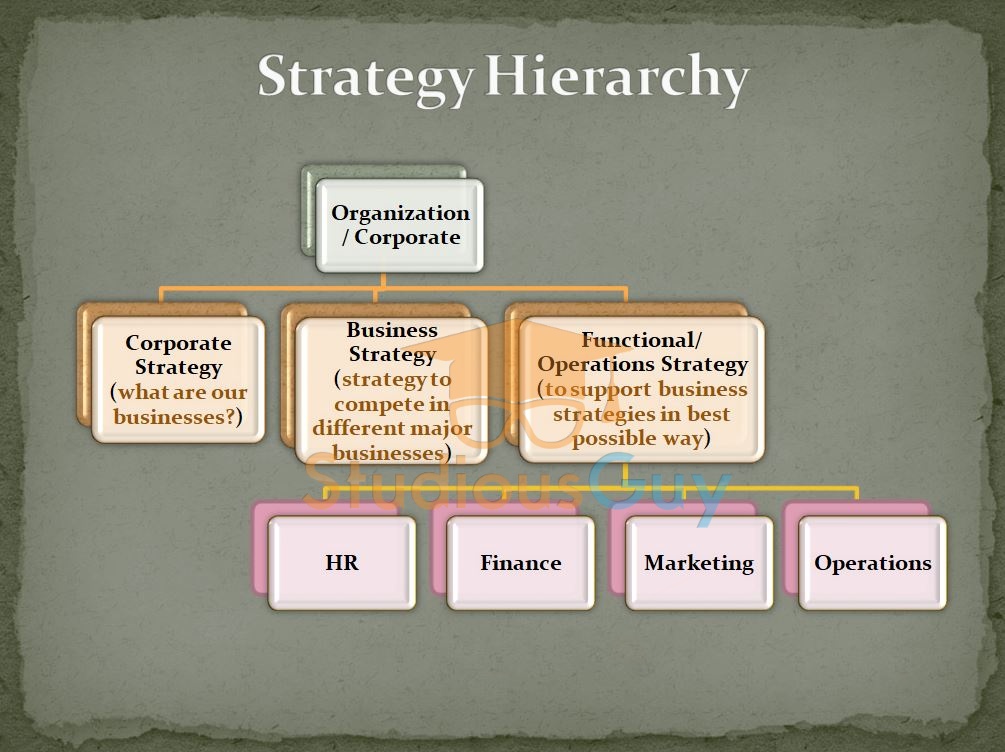



Operations Strategy With Examples Studiousguy
Solution for Level capacity strategy is to maintain a variable rate of regular time output while meeting variations in demand by a combination of options O aIn a materials processing operation the design capacity is defined as _____? 3 Strategies for Using Capacity Planning There are three methodologies behind capacity planning In order to choose the right strategy, you'll need to consider the type of business you run, the level of risk you can safely assume, and the lifecycle of your products 1 Lag strategy Lag strategy is planning to have enough resources to meet true demand (not projected) Lag strategy




Evaluating Capacity Development Better Evaluation




Capacity Utilization Manufacturing Kpi Examples Sisense
The advantages of the level capacity strategy include 1 The utilization of operational resources throughout the year 2 Efficient level of production can be maintained 3 Decreases the marginal cost The disadvantages of the level capacity strategy include 1 If there is any change in the demand of the customer there is a risk ofLEVEL STRATEGY A level strategy seeks to Capacity Planning It's pprove/cancel projects(2) strategic objectives in terms of growth, customer service, and competition;




Capacity Planning 3 Methods How To Implement Them Optimoroute




Capacity Planning 3 Methods How To Implement Them Optimoroute
Marketing Implement new advertising plan;Level capacity strategy When an organization adopts the level capacity strategy then it manufactures at a constant output rate It does not consider any fluctuation or change in the level of demand This may lead to stockpiling or holding of inventory in high quantity, when there is a decrease in the demand level The advantages of the level capacity strategy include 1 TheLead capacity planning is the most radical of the capacity planning strategies, as it involves changing capacity in anticipation of market demand Hiring can be a slow process, and lead capacity planning allows organizations to prepare for growing or rapidly evolving markets When demand increases, businesses that successfully deploy lead capacity planning will be ready to




04 01 P8 Hybrid Strategy Youtube
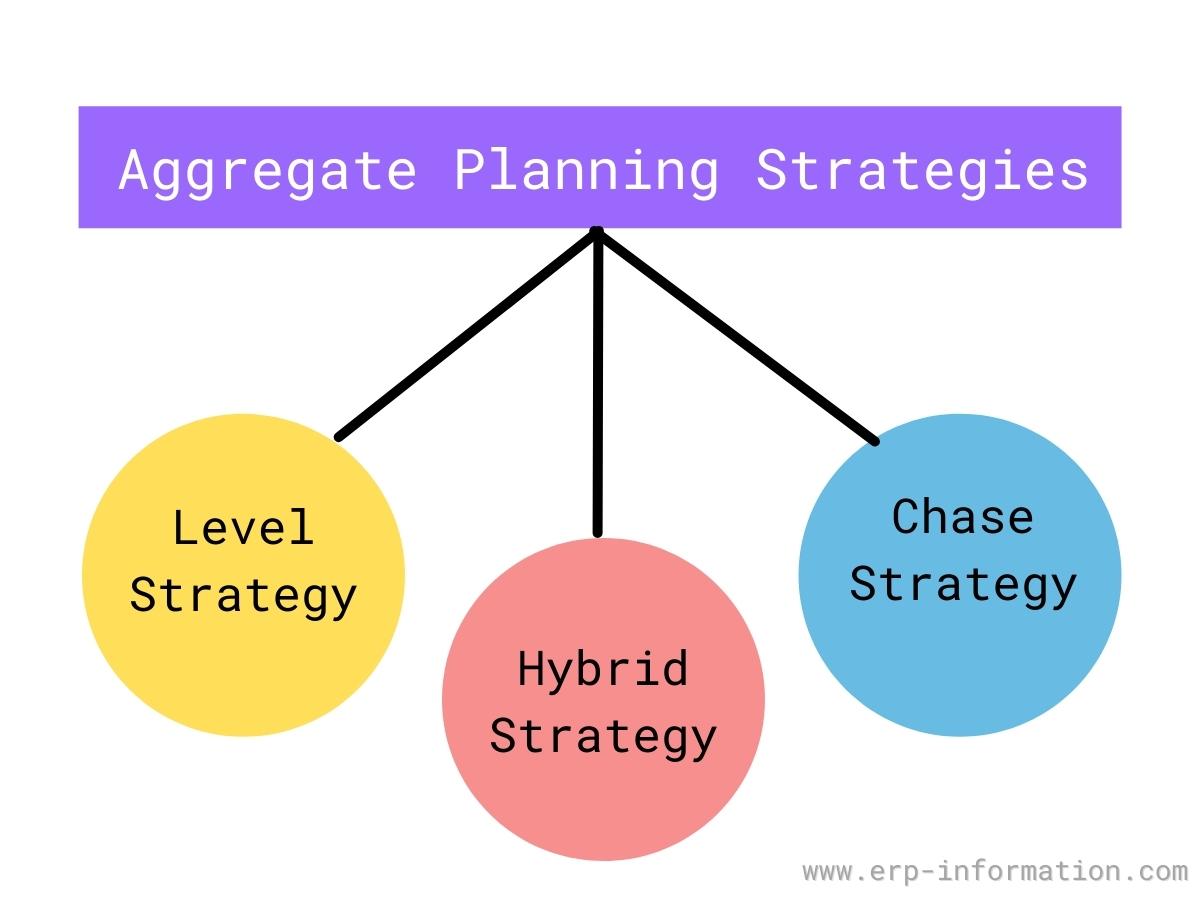



What Is Aggregate Planning 3 Strategies For Aggregate Production Planning
Level capacity plan definition Level capacity plan example John Spacey, Capacity management is the process of planning the resources required to meet business demands This includes capacity forecasting, planning, monitoring and performance analysis This can happen at three levels in an organizationAnd the capacity level for each period that maximizes the firm'sA) the minimum output per given time b) the aggregate annual output c) the theoretical maximum output in a given time d) the most likely output in a given time Question 2 In a materials processing operation, the effective capacity of a machine is defined as _____?Community college may choose the average capacity strategy to fulfill its mission of educating the state's youth but with little risk How much to increase capacity depends on (1) the volume and certainty of anticipated demand;




3 Types Of Capacity Planning Strategies Valq




Lecture 4 Operations Strategy Lecture 4 Operations Strategy Klps Define The Term Operations Studocu
The lag strategy only expands capacity when present capacity is fully used Both have a high risk of not providing required capacity The match strategy closely tracks capacity use and incrementally increases capacity as needed Ensuring Capacity Availability One of the main advantages of the match strategy for capacity planning is that it ensures the availability of sufficient capacity This organizationwide strategy statement from Edward Jones is a great example It reads, "To grow to 17,000 financial advisors by 12 by offering trusted and convenient facetoface financial advice to conservative individual investors who delegate their financial decisions through a national network of oneonone financial advisor offices" In our next post we will get Home > Projects/Reports > Aggregate Production Planning Example Aggregate Production Planning Example Level Production Strategy We are going to find the requirements for the entire period of the plan and also produce the average amount that is needed per month in order to meet the plan First we are going to determine the total average requirements per




Building Capacity In A Pandemic An Alternate Staffing Model Aonl
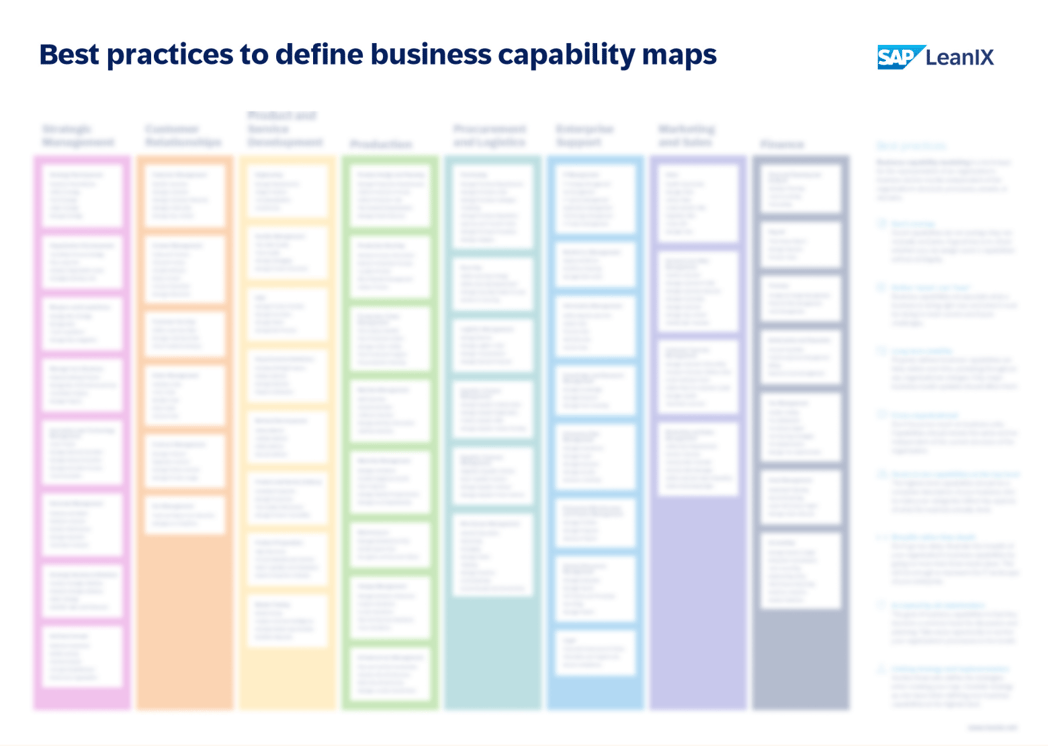



Business Capability Map And Model The Definitive Guide Leanix
Key Characteristics Of Corporate Level Strategy 1) Long Term Corporate level strategies are aimed at the longtermAnalysis of Capacity 4 4 Growth Response STRATEGY 6 5 Cost/Budget Management 7 6 Compliance Related Planning 7 Appendix A Capacity Plan Approval 8 APPENDIX B REFERENCES 9 APPENDIX C KEY TERMS 10 Introduction Purpose of Capacity Plan Provide the purpose of the capacity plan For example Capacity planning is an important part of infrastructure and deployment planning A capacitySustainable capacity is the maximum production level achievable in realistic work condition and considering normal machine breakdown, maintenance, etc Effective capacity is the optimum production level under predefined job and workschedules, normal machine breakdown, maintenance, etc Medium Term Capacity The strategic capacity planning undertaken by




11 Capacity Planning And Control Operations Management
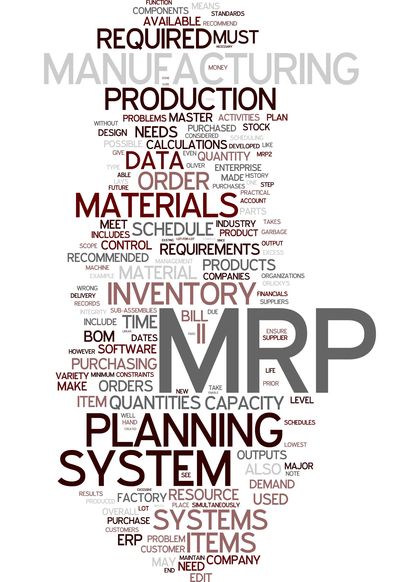



Capacity Planning Organization System Examples Definition System Long Term Capacity Planning
Organization and systemslevel measurement strategies such as those used to operationalize Lang's system capacity and readiness offer an example Working toward a more complete body of evidence showcasing outcomes on multiple levels would support more informed decision making around capacitybuilding interventions and how best to deliver them For example, a software service that offers an SLA to customers plans the capacity required to meet service levels based on sales forecasts Component Capacity Management Low level capacity management such as planning the software licenses and disk space required for a single applicationコンプリート! level capacity plan example What is level capacity plan Operation Management Assignment Help, Explain about the level capacity strategy, Explain about the level capacity strategy Level capacity strategy The organisation produces or manufactures at a constant rate of output avoiding any changes or fluctuations within customer demand levels This
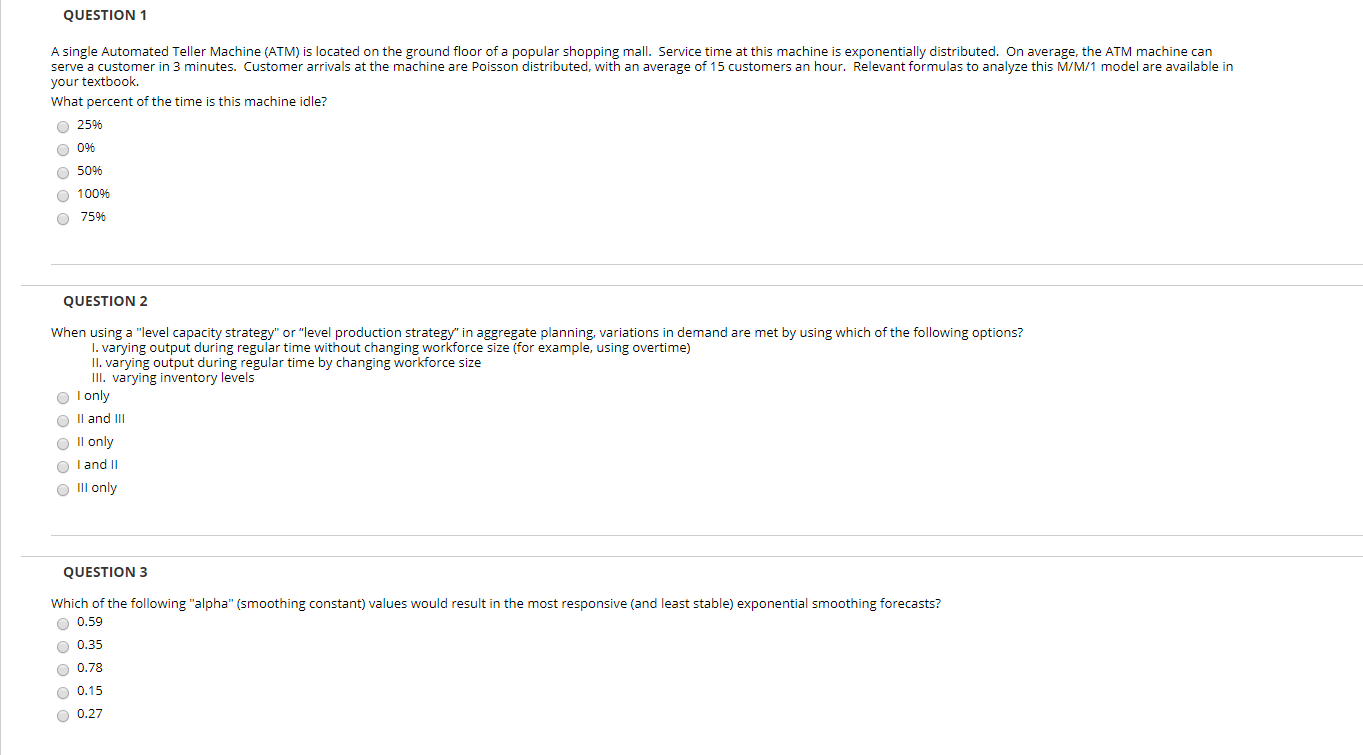



Question 1 A Single Automated Teller Machine Atm Is Chegg Com
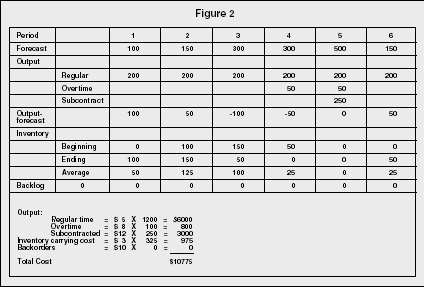



Aggregate Planning Strategy Organization Levels System Examples Model Type Company System
For example, the Scottish Ministers and the Secretary of State are working together to identify High Speed Rail infrastructure enhancements for CP6 and beyond that could improve journey times, capacity, resilience and reliability on crossborder routes between England and Scotland The Investment StrategyProduction Make changes to existing infrastructure;Figure Level Capacity Plan Figure shows the level capacity plan of a company manufacturing a product on produce to stock and sell basis In the first quarter aggregate demand is less than production and inventory builds up till the end of the First Quarters in the second third and fourth quarters are inventory levels Decline because production is less than the aggregate demand In




Capacity Strategy Some Factors Influencing The Overall Level Of Capacity Forecast Level Of Demand Consequences Of Over Under Supply Availability Of Ppt Download



Is Muni Cz El Econ Jaro09 Phom Um Chapter 11short Pdf
This Strategy uses the term 'capacity development' as it is more reflective of the existing reality of the PSNP 2 Community Development Programme (PCDP), have been carrying out capacity development activities that bring potential overlaps and synergies with PSNP, but to date the linkages between the CD aspects of these programmes and PSNP are also weak During the Level capacity strategy When an organization adopts the level capacity strategy then it manufactures at a constant output rate It does not consider any fluctuation or change in the level of demand What is effective capacity?Level capacity strategy One of the trickiest aspects of running a production plant is determining exactly how much to produce, when to produce it, and what supplies need to be ordered and when Failure to have the product to fulfill orders erodes buyer confidence, but having too much supply on hand is risky for a variety of reasons As a business leader, consider the various strategies to
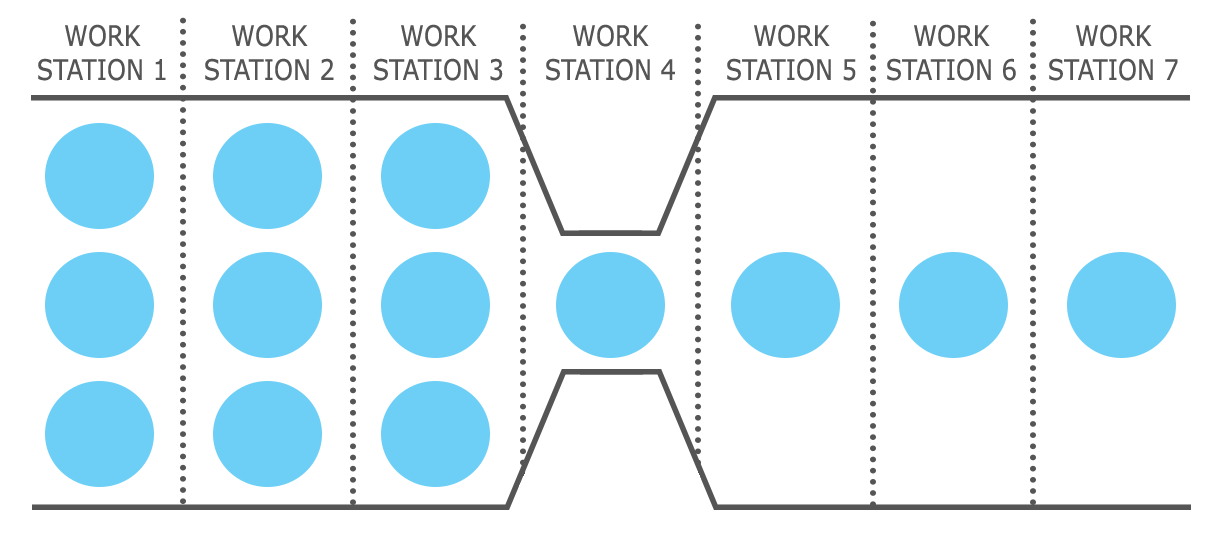



Strategic Capacity Planning Introduction To Operations Management



Sihombing15 Files Wordpress Com 08 08 Ch 7 Aggregate Capacity Planning Pdf
Below are the complete calculations for the remaining months in the six month planning horizon Example 3 (4 of 8) Below are the complete calculations for the remaining months in the six month planning horizon with the other costs included Example 3 (5 of 8) Example 3 Level Workforce Strategy (Surplus and Shortage Allowed)(6 of 8) Lets take the same problem as before but thisLevel capacity plan definition What is level capacity strategy The definition in Capacity Development in Practice is "Capacity is the ability of a human system to perform, sustain itself, and selfrenew" The OECD definition is • "Capacity" is the ability of people, organizations and society as a whole to manage their affairs successfully• Capacity – definition • "The capacity of0以上 level capacity strategy example Level capacity strategy example Level Production Strategy We are going to find the requirements for the entire period of the plan and also produce the average amount that is needed per month in order to meet the plan First we are going to determine the total average requirements per month Avg requirements = total number of
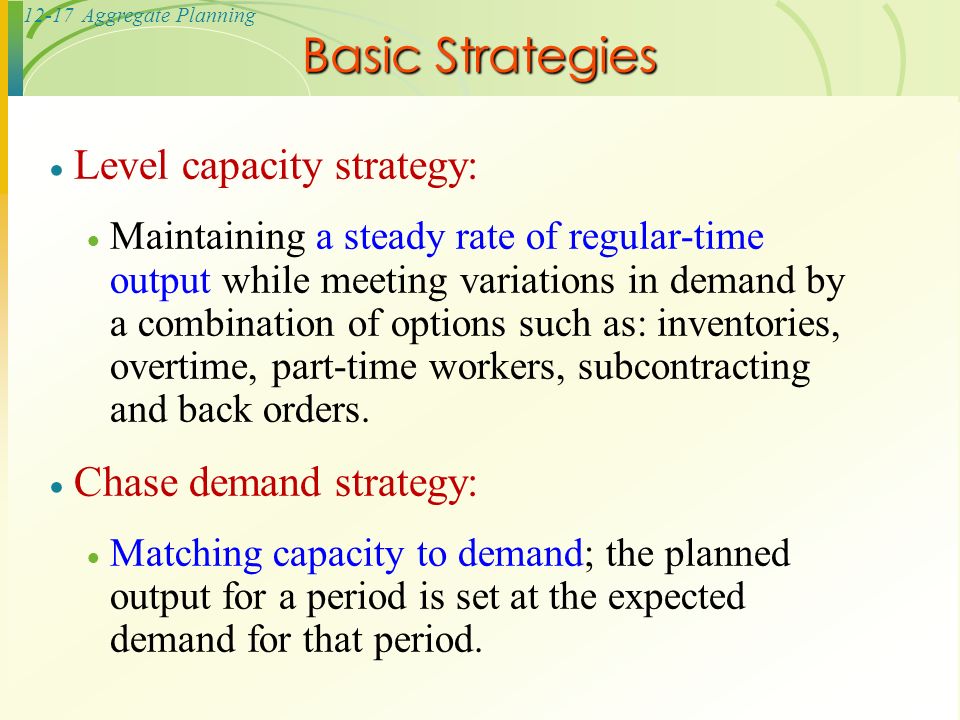



Operations Management Ppt Video Online Download




Cost Leadership Mastering Strategic Management 1st Canadian Edition
Generally, these options fall into two "pure strategies" – a chase strategy and a level strategy Under the chase strategy, production is varied as demand varies With the level strategy, production remains at a constant level in spite of demand variations The use of a level strategy means that a company will produce at a constant rate regardless of the demand level InThis revision video provides an overview of the concept of capacity, capacity utilisation and some of the issues facing businesses operating at low or high uIn other words, Manager A is tied to the "chase demand" strategy, and his counterpart, Manager B in the adjacent office, is locked into the "level capacity" strategy However, each desires
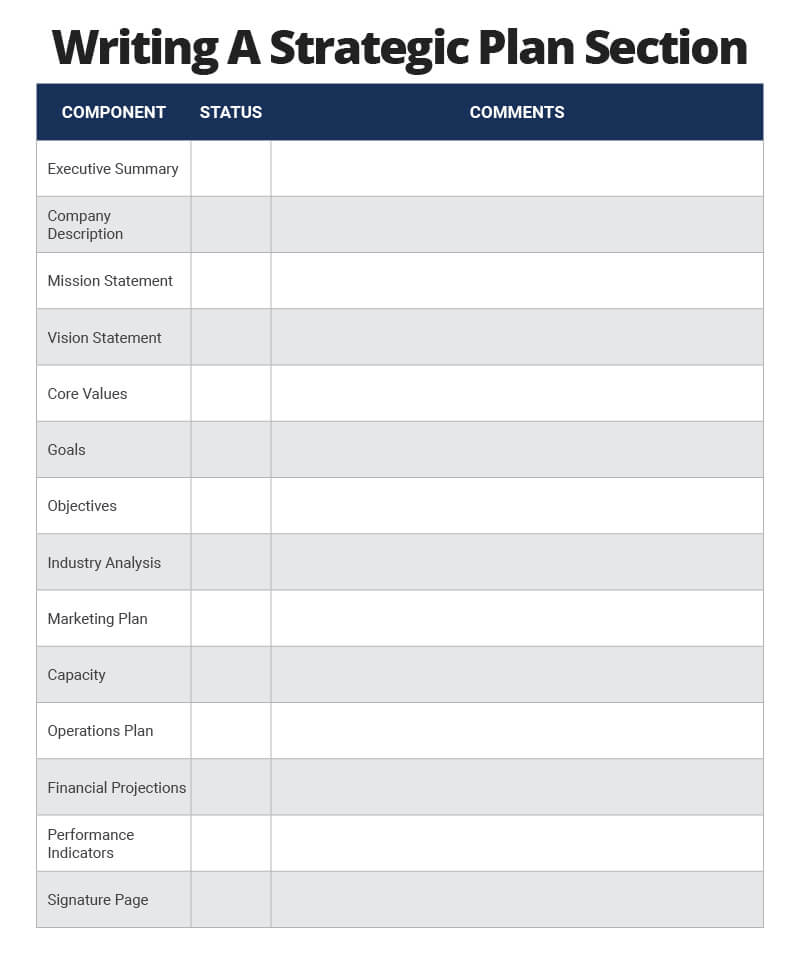



Quick Guide How To Write A Strategic Plan Smartsheet




3 Types Of Capacity Planning Strategies Valq
A) the minimum output per given time b) theAnd (3) the costs of expansion and operation Capacity can be increased If Casey's company follows an average strategy for capacity, it'll align its capacity with the average expected level of demand forecasted For example




Maintenance Capacity Planning Ppt Video Online Download




When Using A Level Capacity Strategy Or Level Chegg Com
For example, building on the diversification example, the functional level strategies that support that business level strategy might be R&D Redesign product; The second general strategy is to adjust capacity to match fluctuations in demand Shifting demand and capacity By shifting demand and capacity an organization seeks to shift customers away from periods in which demand exceeds capacity Perhaps by convincing them to use the service during periods of slow demand This may be possible for some customers but not for others For example7月 07, 21 A solar power plant has production capacity of 30 megawatts based on the equipment such as solar modules that are currently operational at the site Manufacturing A production line has production capacity




Fast Track Strategic Planning For Nonprofits Nonprofit Essentials




Sales Objectives Examples Pipedrive
The level of capacity directly relates to the amount of output in the form of goods and services manufacturers can produce to satisfy customer demand Capacity planning strategies can guide manufacturers on how much raw materials, equipment, labor, and investment in facilities need to be acquired over a period of time to meet the future demand over productsExplain about the level capacity strategy Level capacity strategy The organisation produces or manufactures at a constant rate of output avoiding any changes or fluctuations within customer demand levels This frequently implies stockpiling or higher holdings of inventory while customer demand levels reduceA level strategy seeks to produce an aggregate plan that maintains a steady production rate and/or a steady employment level In the context of the problem posted by you following the level strategy means incurring additional subcontracting costs at least twice This is to offset the shortfall in production because of the level strategy In order to satisfy changes in customer




12 30 60 90 Day Sales Plan Examples 90 Day Plan Marketing Plan Template Sales Strategy Template




Capacity Planning Meaning Strategies Importance And Procedure
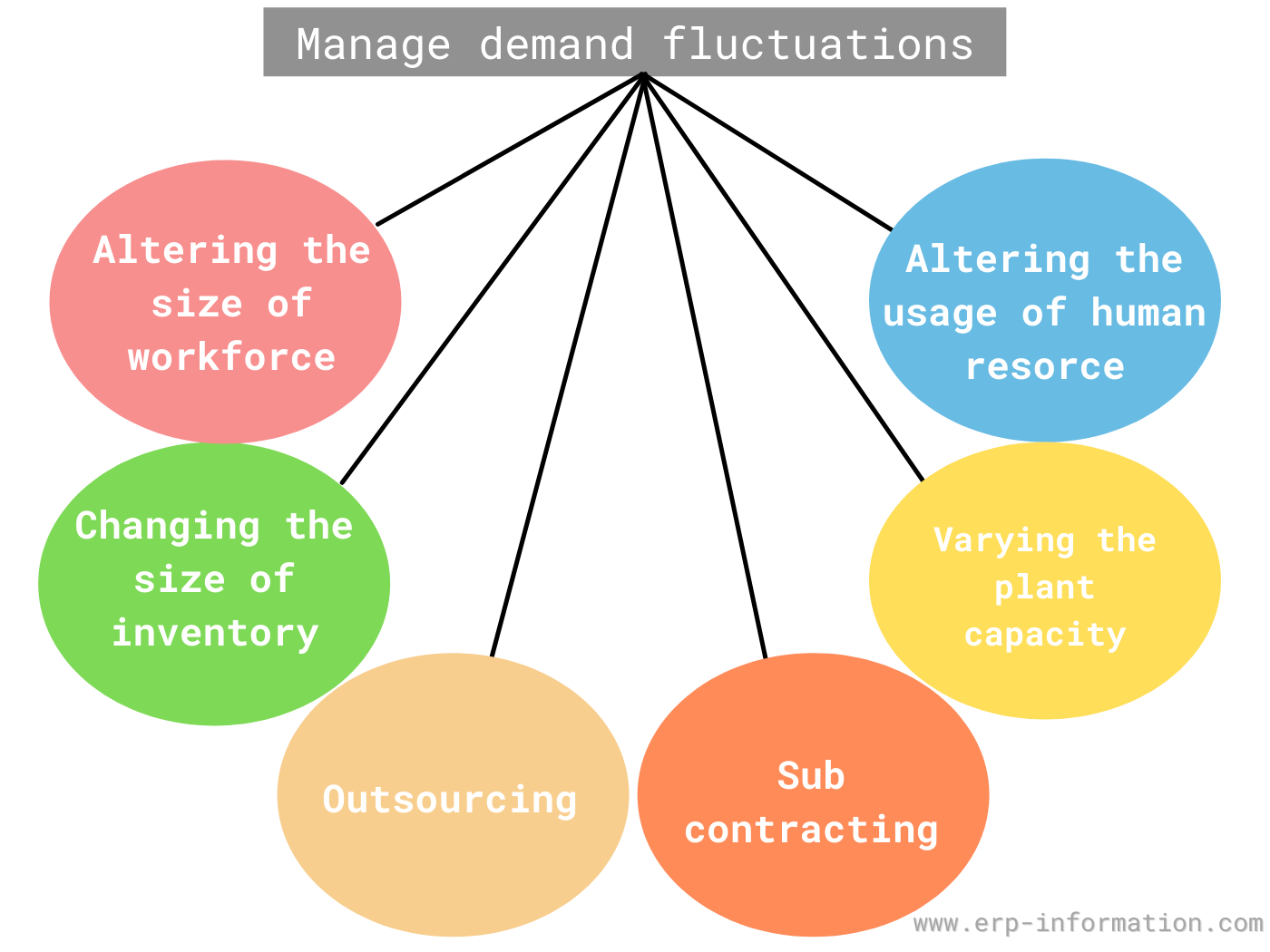



What Is Aggregate Planning 3 Strategies For Aggregate Production Planning
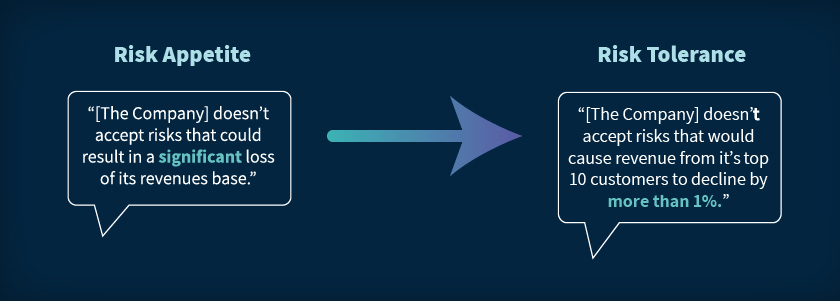



Risk Appetite Vs Risk Tolerance 21 Definition Examples



1
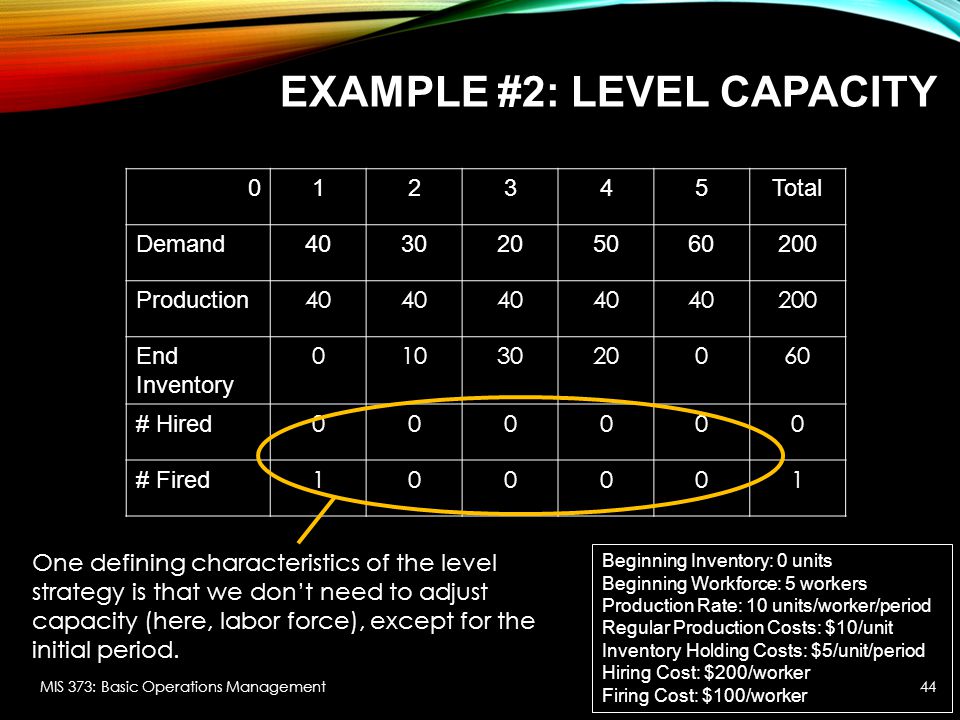



Aggregate Planning Chapter 11 Mis 373 Basic Operations Management Ppt Download



1




Coronavirus S Impact On Supply Chain Mckinsey




Bus300 Strategic Capacity Planning For Products And Services Saylor Academy




Capacity Building Wikipedia




Long Term Capacity Management Linking The Perspectives From Manufacturing Strategy And Sales And Operations Planning Sciencedirect
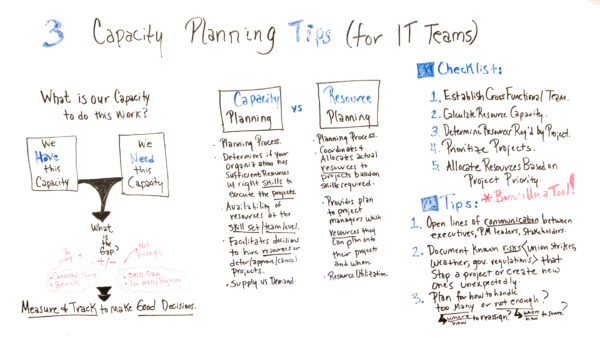



Capacity Planning What Is It And How Do I Implement It Projectmanager Com




Slides For Chapter 10 Strategic Capacity Honda On July 18 Announced Two New Plants In Argentina Honda Will Spend 100 Million On A New Compact Car Ppt Download




Demand And Capacity Management Decision Steps Download Scientific Diagram
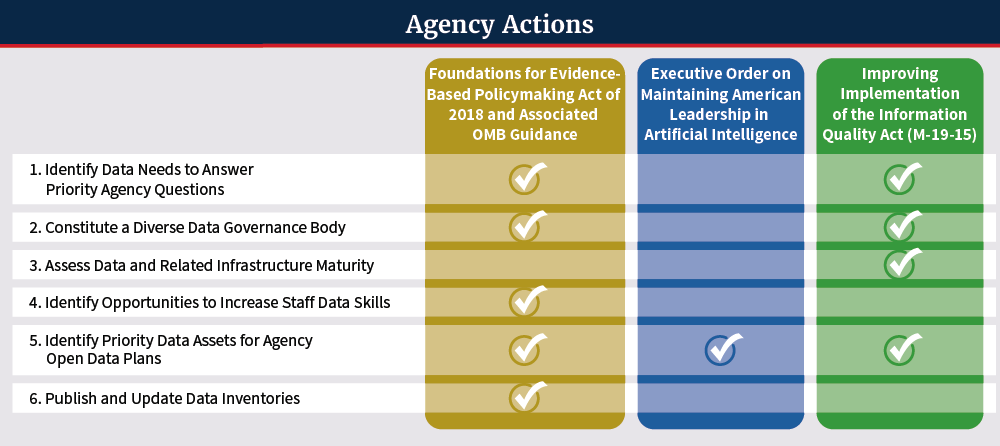



Action Plan Federal Data Strategy
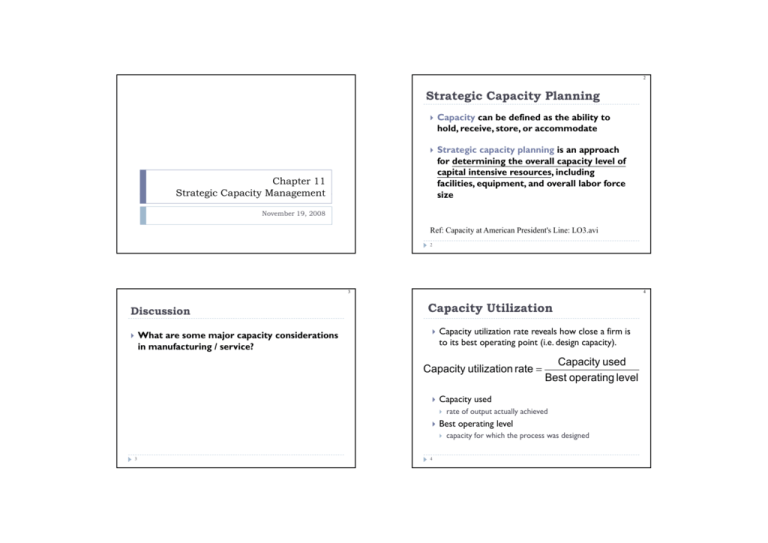



Strategic Capacity Planning Capacity Utilization




Capacity Utilisation Tutor2u



3




Everything About Capacity Planning Strategies Its Benefits




Capacity Planning Meaning Classification And Its Goals




Network Based Social Capital And Capacity Building Programs An Example From Ethiopia Topic Of Research Paper In Sociology Download Scholarly Article Pdf And Read For Free On Cyberleninka Open Science Hub




Capacity Planning Everything You Need To Know Clicktime




Capacity Planning In Production And Operations Management
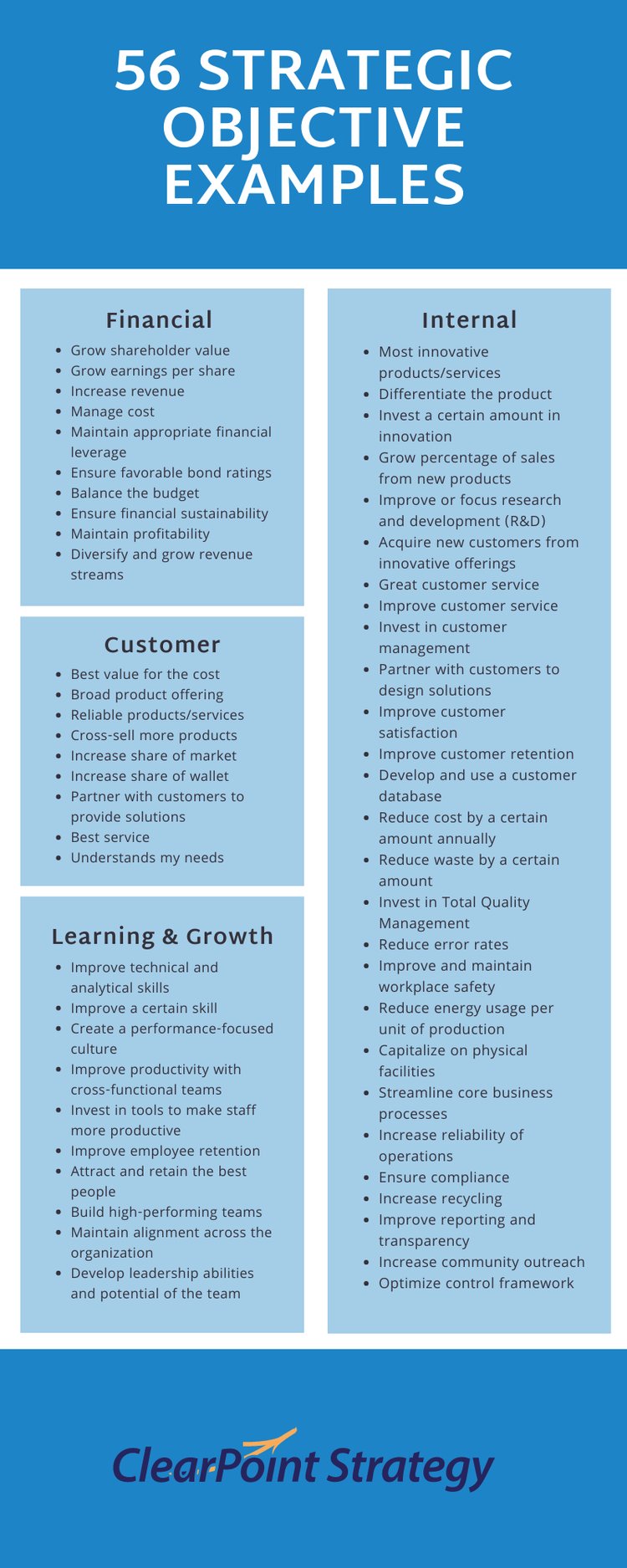



56 Strategic Objective Examples For Your Company To Copy Clearpoint Strategy
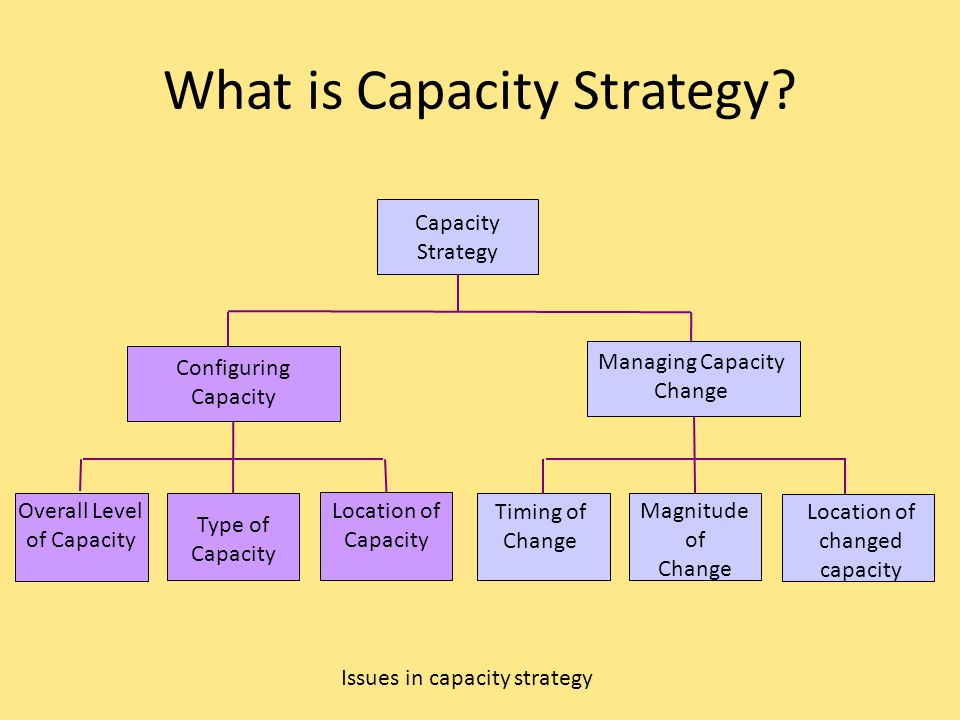



Operations Strategy Capacity Strategy Ppt Video Online Download
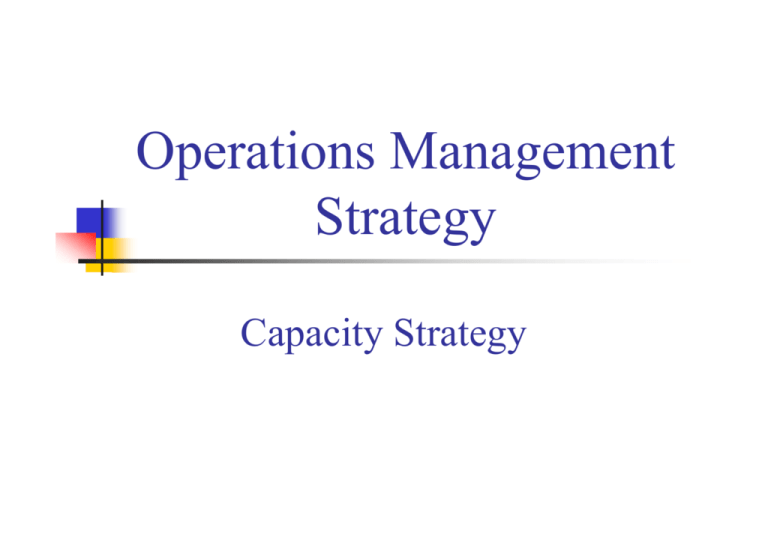



4 Capacity Strategy
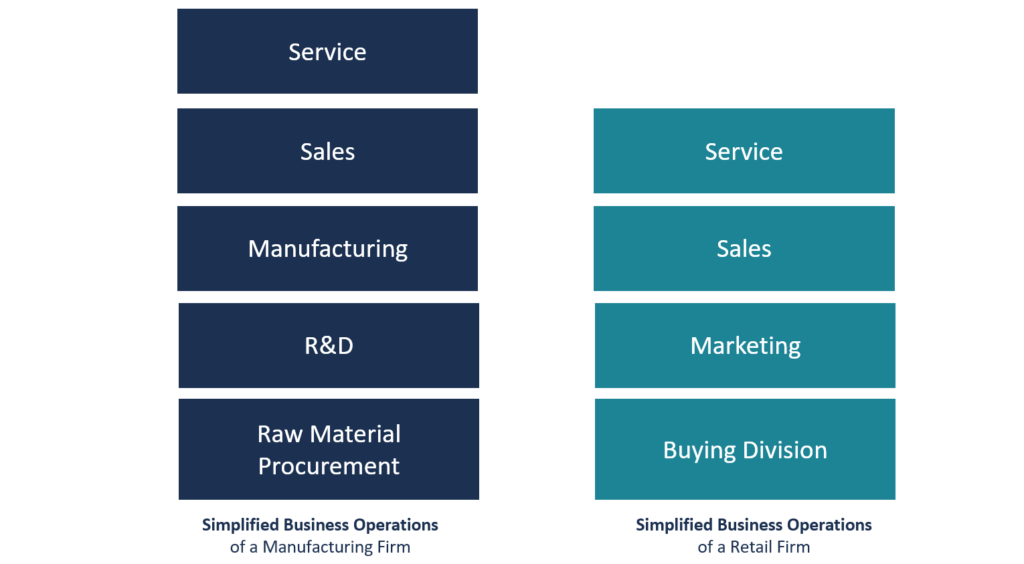



Business Operations Overview Examples How To Improve
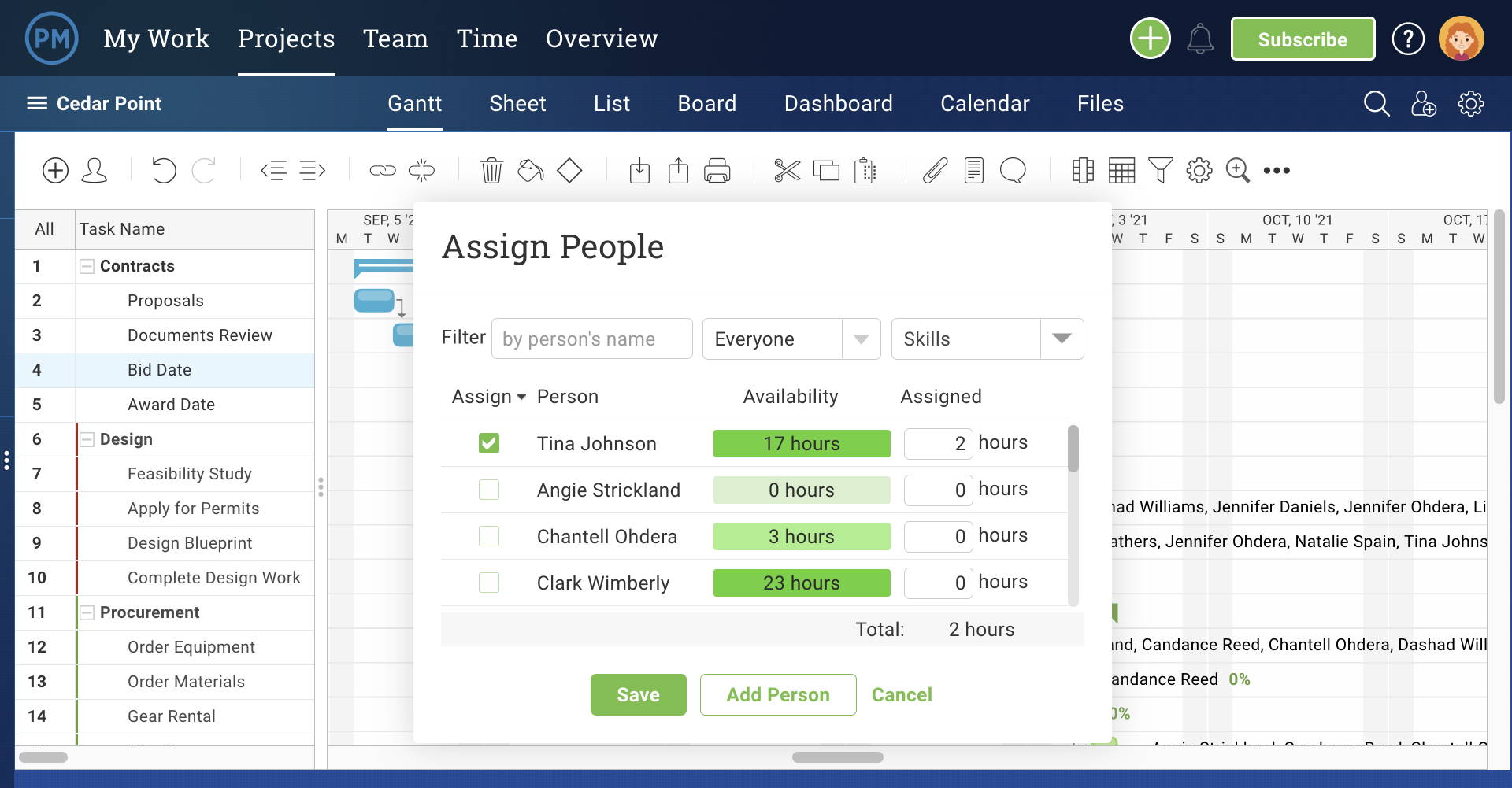



Capacity Planning What Is It And How Do I Implement It Projectmanager Com
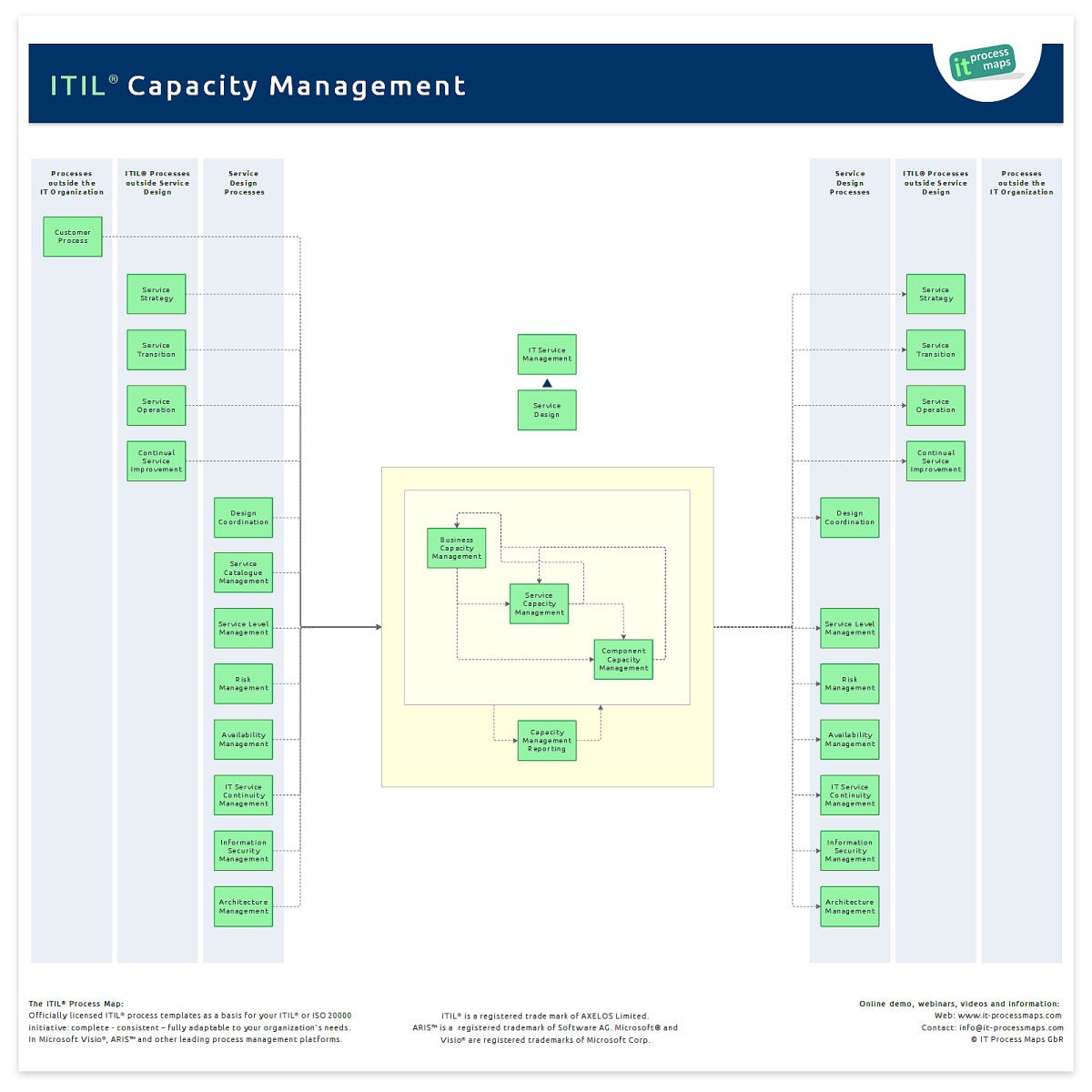



Capacity Management It Process Wiki
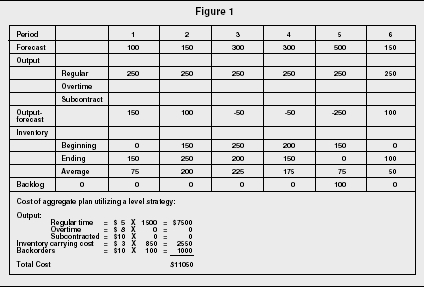



Aggregate Planning Strategy Organization Levels System Examples Model Type Company System



Master Production Schedule




Strategy Under Uncertainty



Http Down Aefweb Net Aefarticles Aefliu Pdf




Summary Of Guidance For Public Health Strategies To Address High Levels Of Community Transmission Of Sars Cov 2 And Related Deaths December Mmwr




3 Types Of Capacity Planning Strategies Valq




Capacity Planning Strategy Requirements Demand Steps Powerpoint Presentation Pictures Ppt Slide Template Ppt Examples Professional




Capacity Planning Everything You Need To Know Clicktime




3 Types Of Capacity Planning Strategies Valq




Capacity Planning Types Lead Lag Average Strategies Video Lesson Transcript Study Com




Capacity Planning And Control Ppt Download




Evaluating Capacity Development Better Evaluation
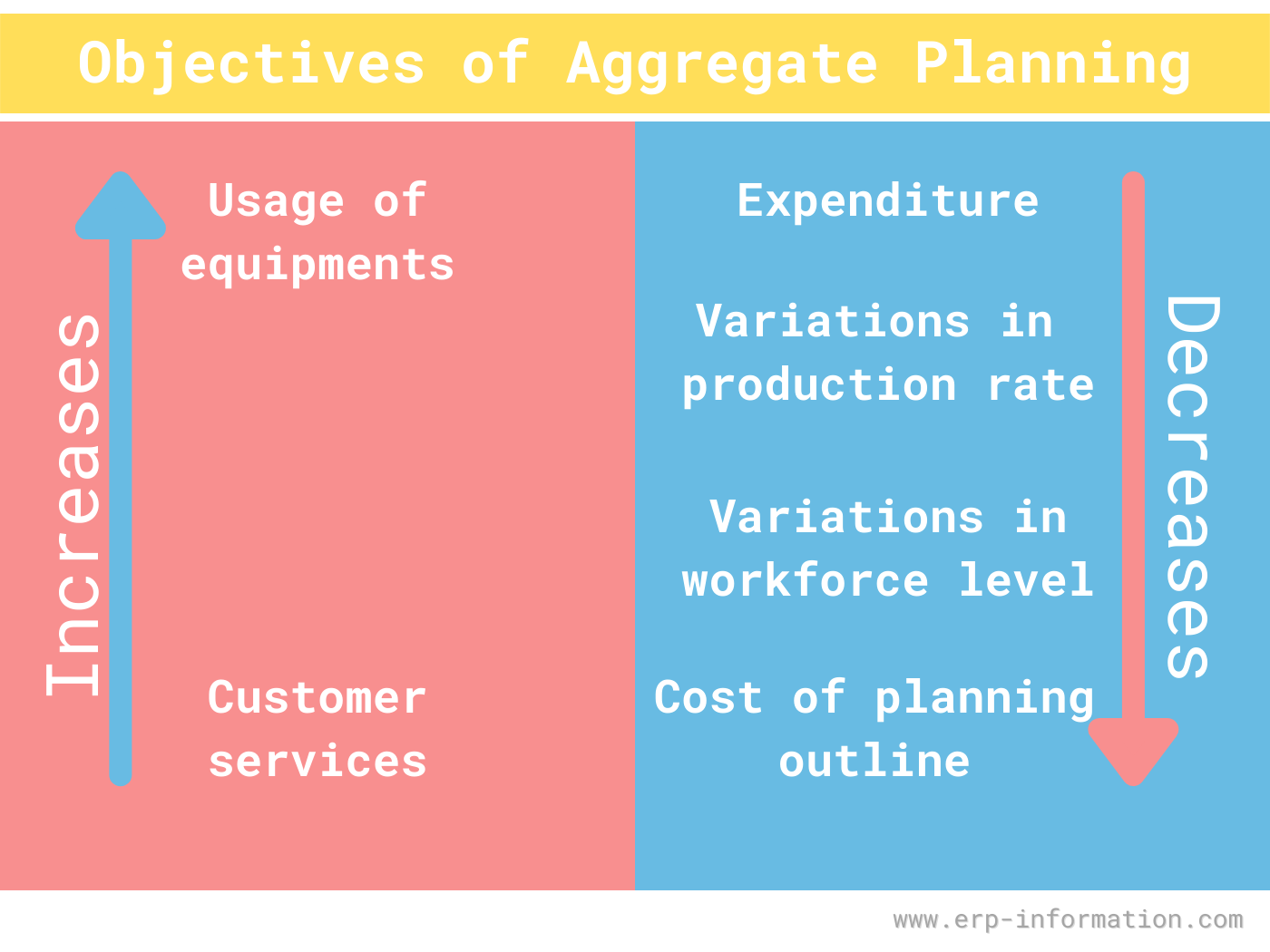



What Is Aggregate Planning 3 Strategies For Aggregate Production Planning




Evaluating Capacity Development Better Evaluation



9 Business Roadmap Examples For Scaling Your Organization
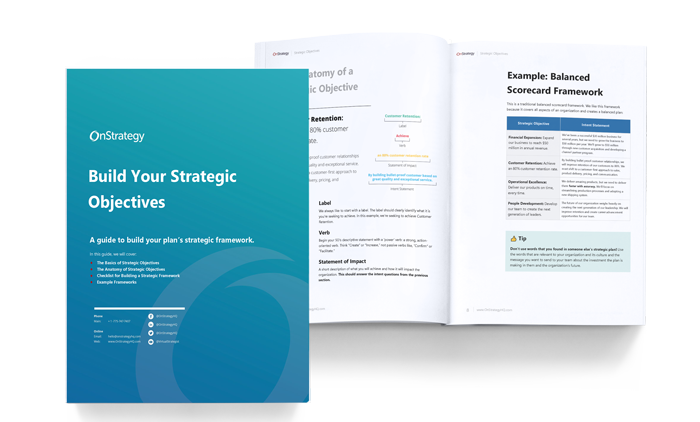



Examples Of Strategic Objectives Onstrategy Resources




A Complete Strategy Map Template Including Examples Clearpoint Strategy




Strategic Themes Scaled Agile Framework




Capacity Planning 3 Methods How To Implement Them Optimoroute
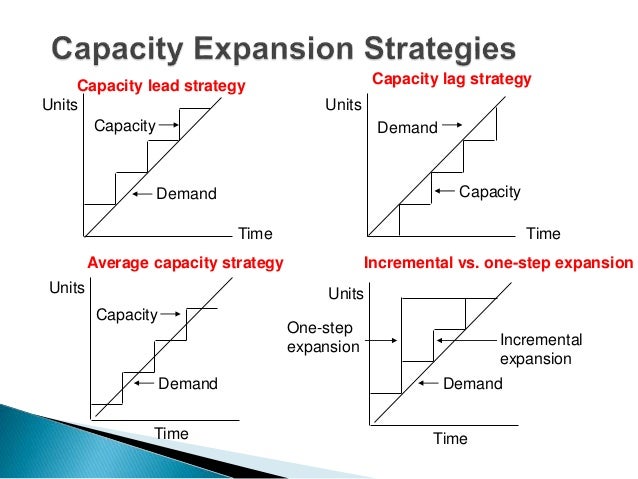



Capacity Management




Aggregate Capacity Planning Pdf Free Download



Master Production Schedule




Basic Strategies Level Capacity Strategy Chase Demand Strategy Ppt Download
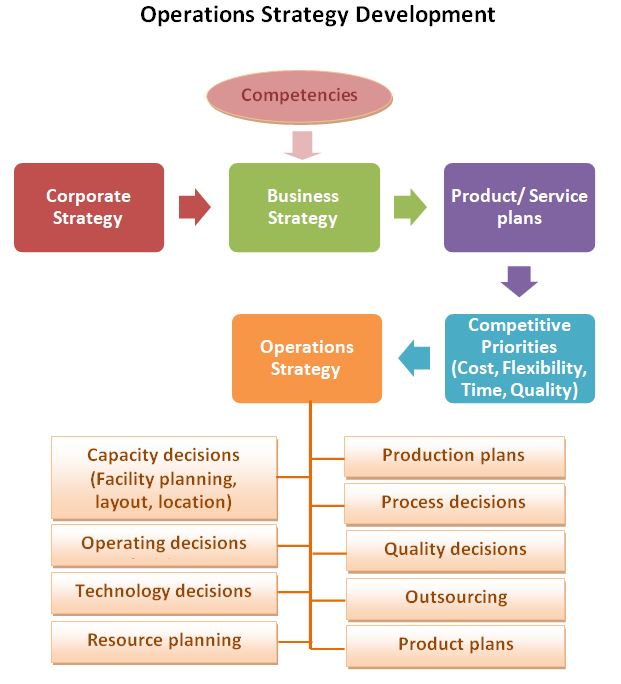



Operations Strategy With Examples Studiousguy
.PNG)



Process Landscape Aris Bpm Community




Long Term Capacity Management Linking The Perspectives From Manufacturing Strategy And Sales And Operations Planning Sciencedirect




A Complete Guide To Product Strategy With Examples Aha




Everything About Capacity Planning Strategies Its Benefits
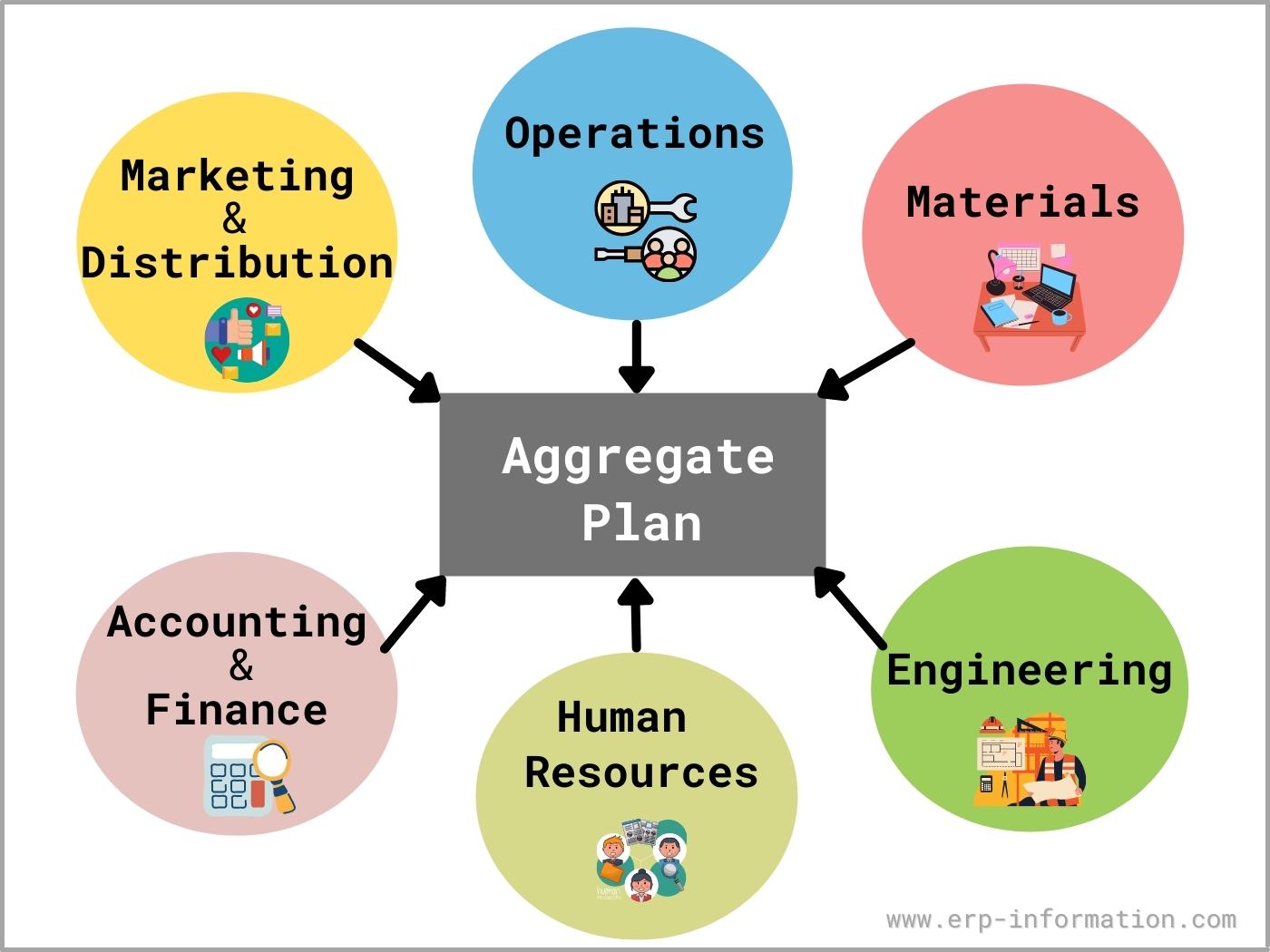



What Is Aggregate Planning 3 Strategies For Aggregate Production Planning



Is Muni Cz El Econ Jaro09 Phom Um Chapter 11short Pdf




Strategic Capacity Planning Introduction To Operations Management
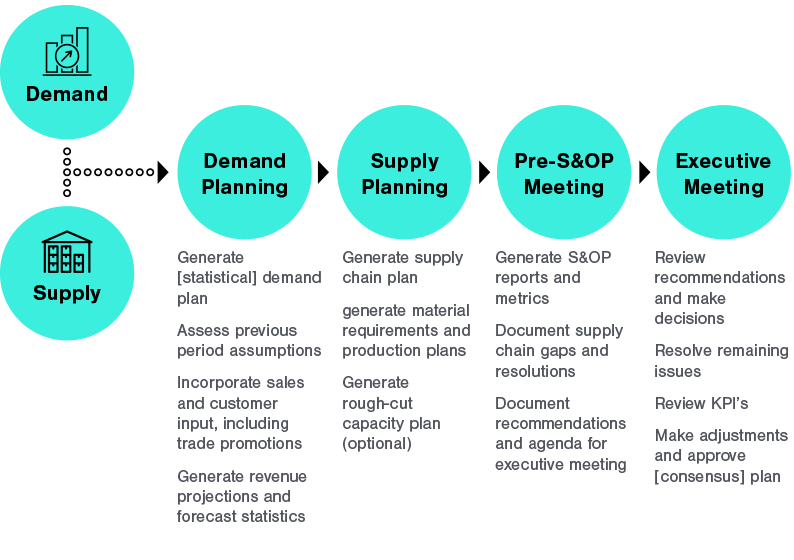



Implementing A Sales Operations Planning S Op Process Plex Demandcaster




Capacity Planning Meaning Strategies Importance And Procedure
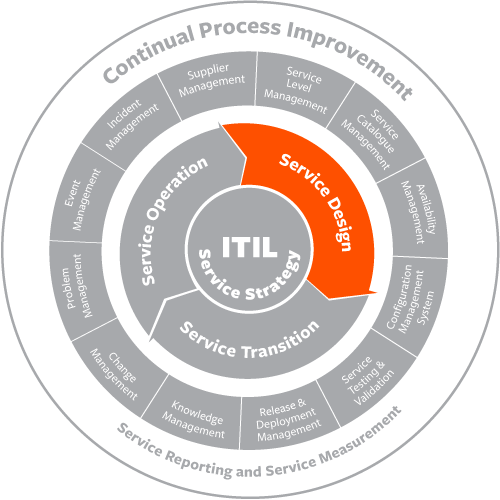



Itil Capacity Management Bmc Software Blogs
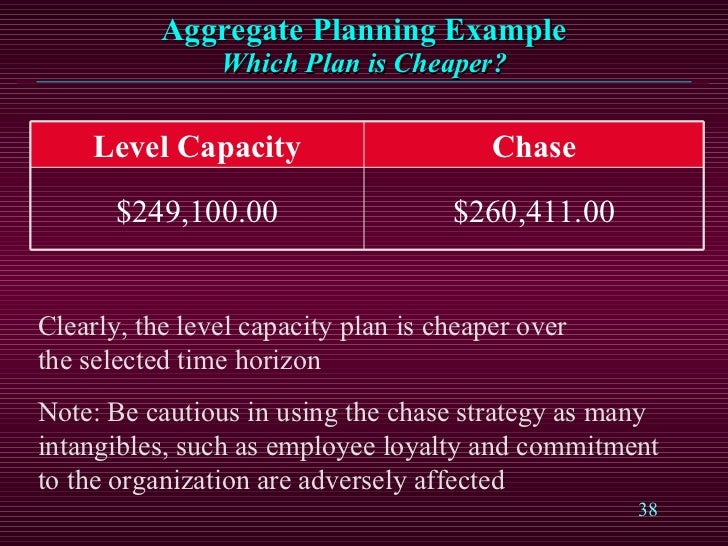



Sales Amp Operations Planning




Distribution Strategy Cutting Edge Distribution Strategies 21
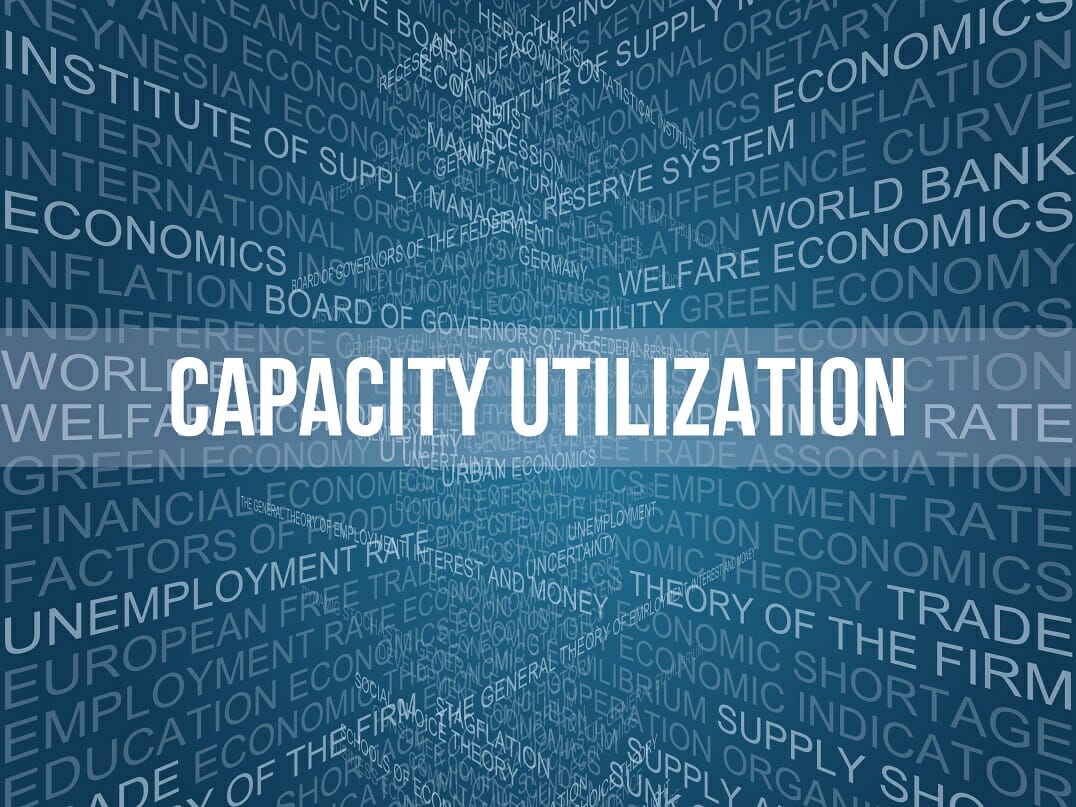



Capacity Utilization Definition Example And Economic Significance




Entries For Thursday 25 October 07 Sergio S Blog
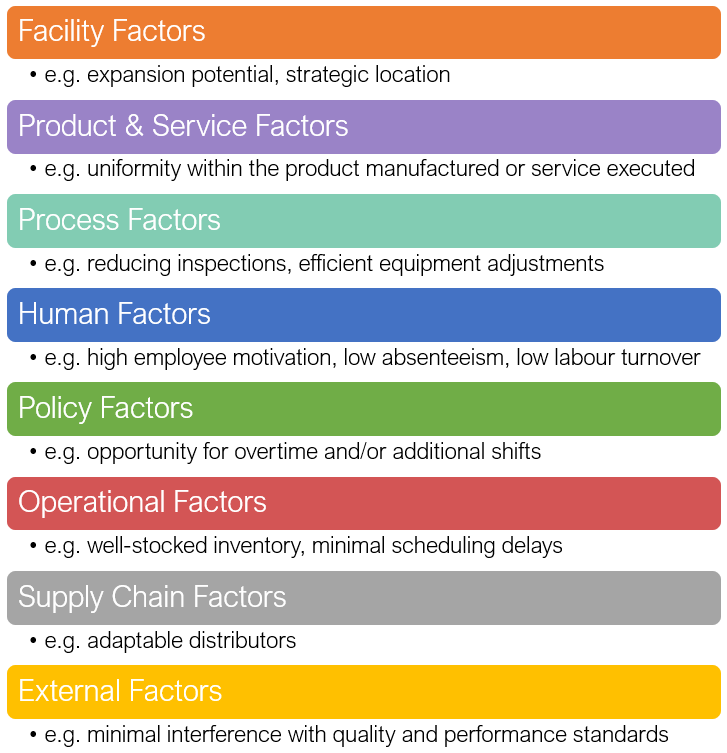



Strategic Capacity Planning Introduction To Operations Management



1




Aggregate Planning Strategy Organization Levels System Examples Model Type Company System




What Is Business Level Strategy 5 Examples Tracktime24



Capacity Planning 3 Methods How To Implement Them Optimoroute
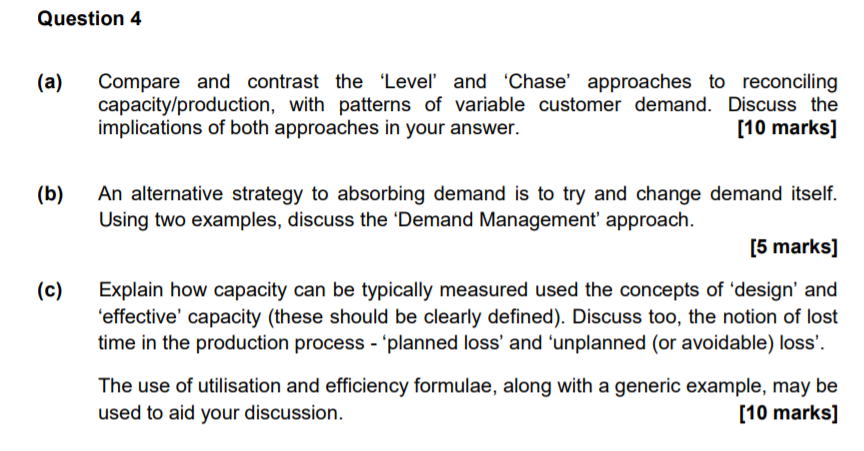



Question 4 A Compare And Contrast The Level And Chegg Com
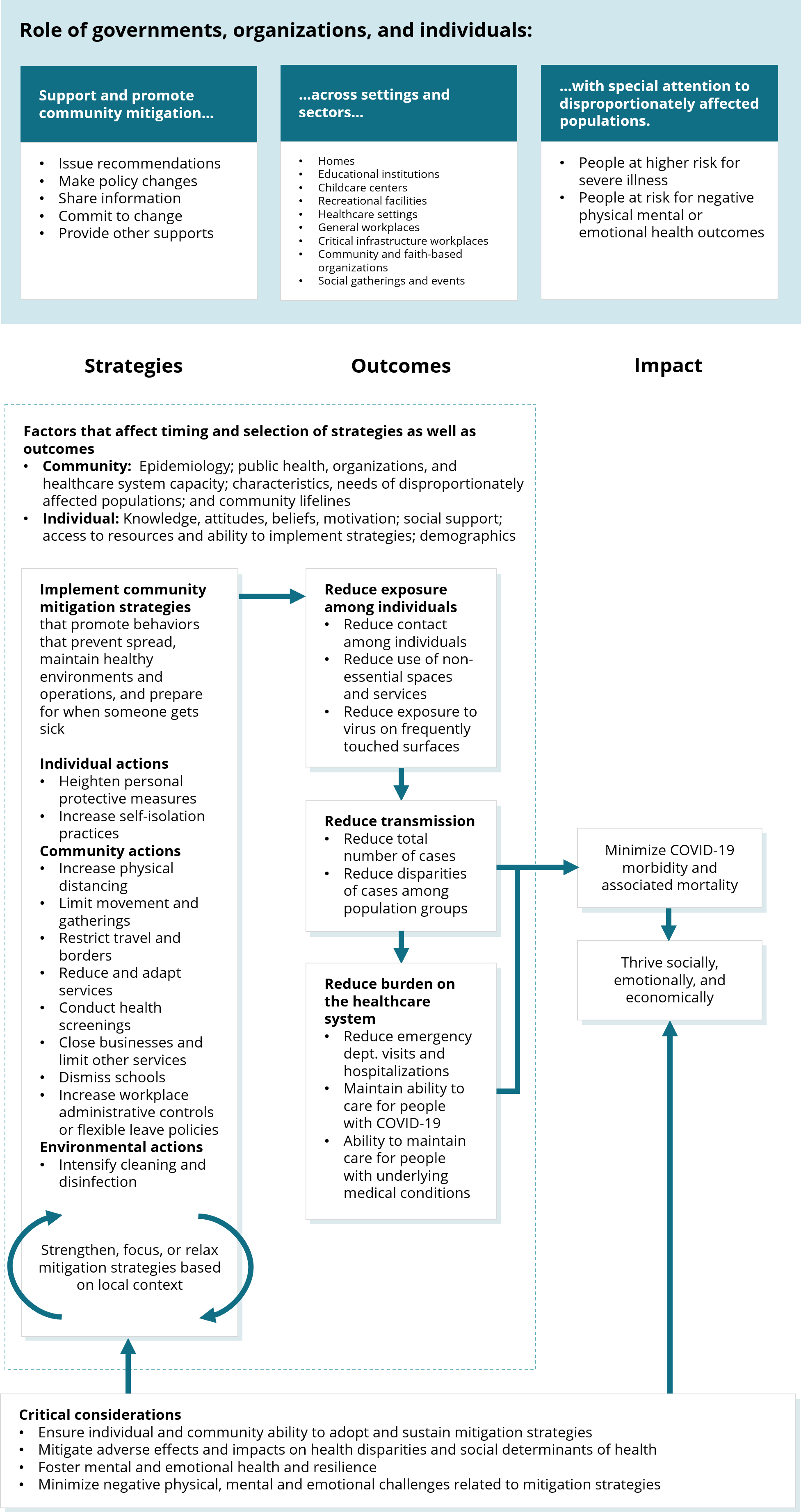



An Approach For Monitoring And Evaluating Community Mitigation Strategies For Covid 19 Cdc
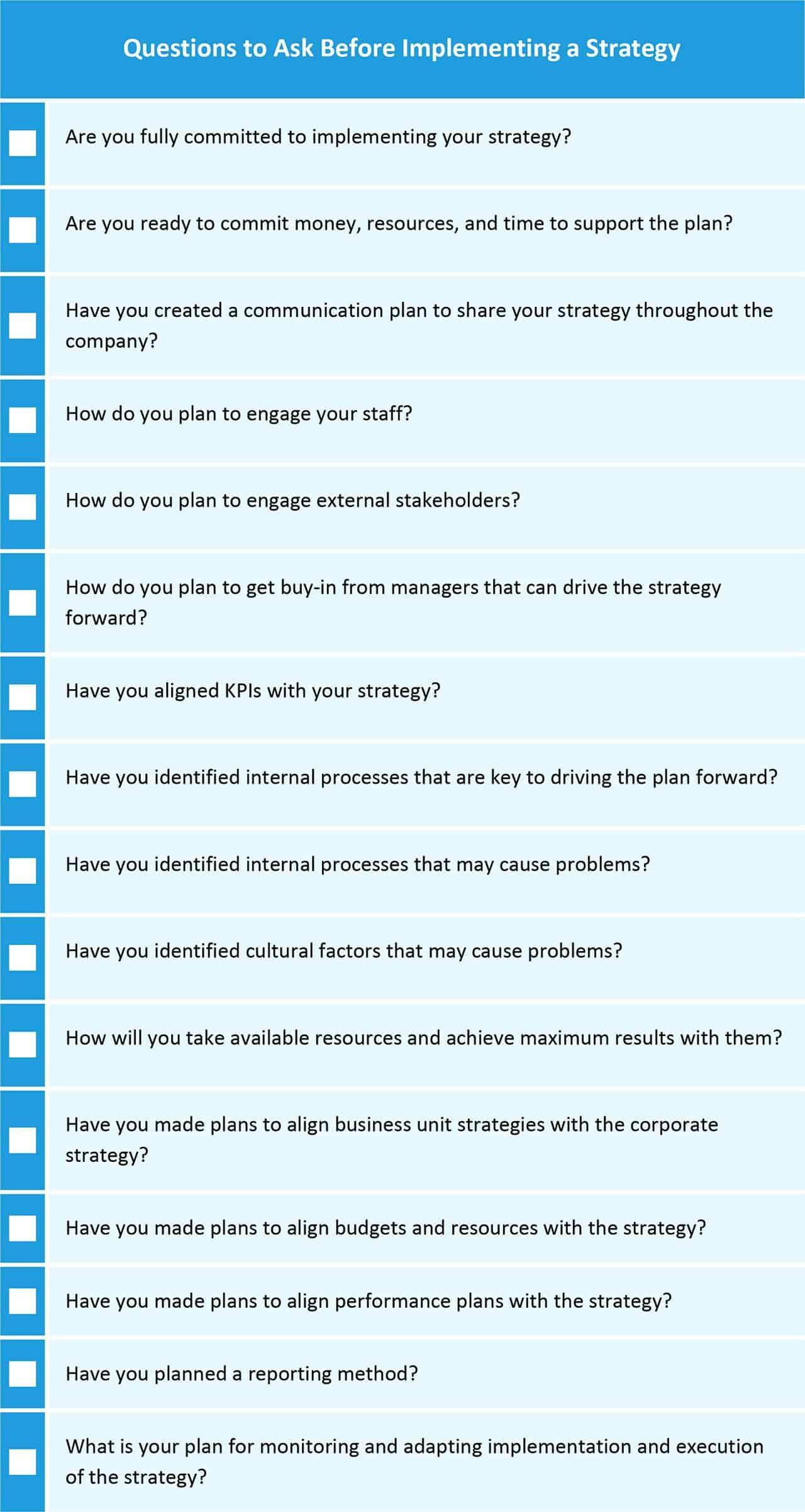



Complete Guide To Strategic Implementation Smartsheet




Examples Of Strategic Tactical And Operational Decisions Download Scientific Diagram



No comments:
Post a Comment